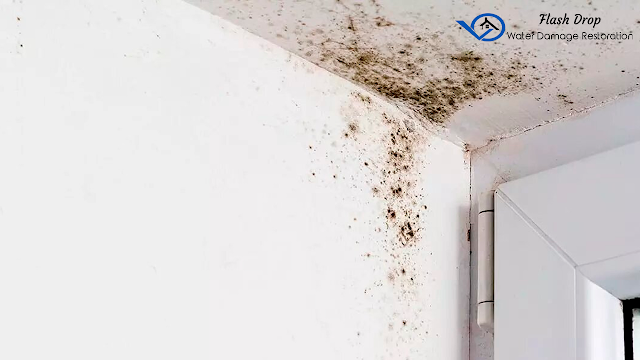Effective Moisture Control Techniques in Flood Restoration
Flood restoration is a complex process that demands meticulous attention to moisture control. Effective moisture management is essential to prevent secondary damage like mold growth, structural deterioration, and poor indoor air quality. Here are some key moisture control techniques used in flood restoration:
1. Initial Water Extraction
The first and most crucial step in moisture control is the immediate extraction of standing water. This is typically done using powerful, industrial-grade water pumps and vacuums. Prompt removal of water helps minimize the absorption of moisture into walls, floors, and furniture, setting the stage for more effective drying.
2. Use of Dehumidifiers
Dehumidifiers play a vital role in flood restoration by removing moisture from the air. By maintaining a dry environment, dehumidifiers help accelerate the drying process of structural elements and personal property. They are particularly effective in enclosed spaces where natural drying is limited.
3. Air Movers and Fans
Air movers and fans are used to increase air circulation in the affected area. This enhanced airflow helps evaporate moisture from wet surfaces into the air, which is then removed by dehumidifiers. Proper positioning of these fans is crucial for optimal effectiveness.
4. Regular Moisture Monitoring
Constant monitoring of moisture levels in the air and in building materials is essential. This is typically done using moisture meters and hygrometers. Regular monitoring allows restoration professionals to adjust their strategies and equipment placement for maximum drying efficiency.
5. Targeted Drying Techniques
Different materials and areas may require specific drying techniques. For example, thermal imaging can be used to identify hidden pockets of moisture, while specialized equipment like structural cavity drying systems can target hard-to-reach spaces within walls or under floors.
6. Ventilation
Proper ventilation is important, especially in closed environments. Opening windows and using exhaust fans can help in expelling humid air and bringing in dry, fresh air, complementing the work of dehumidifiers and air movers.
7. Mold Prevention Treatments
After the removal of excess moisture, applying mold inhibitors can help prevent mold and mildew growth. These treatments are particularly important in areas that were heavily affected by water.
8. Controlled Drying Environment
Creating a controlled drying environment, sometimes using containment barriers, helps isolate the affected area. This control allows for more precise management of temperature and humidity levels, leading to more effective and efficient drying.
Effective moisture control in flood restoration is not just about removing water; it's about strategically managing the environment to ensure rapid and thorough drying. This process requires a combination of advanced technology, professional expertise, and a thorough understanding of moisture behavior in buildings. By employing these techniques, restoration professionals can mitigate damage, reduce restoration times, and prevent future moisture-related issues.
Find Flash Drop Water Damage Restoration & Mold Removal
Flash Drop Water Damage Restoration & Mold Removal
16602 Barneston St, Granada Hills, CA 91344
7GM4+PP Granada Hills, Los Angeles, CA
(323) 639-5137



.jpg)
Comments
Post a Comment